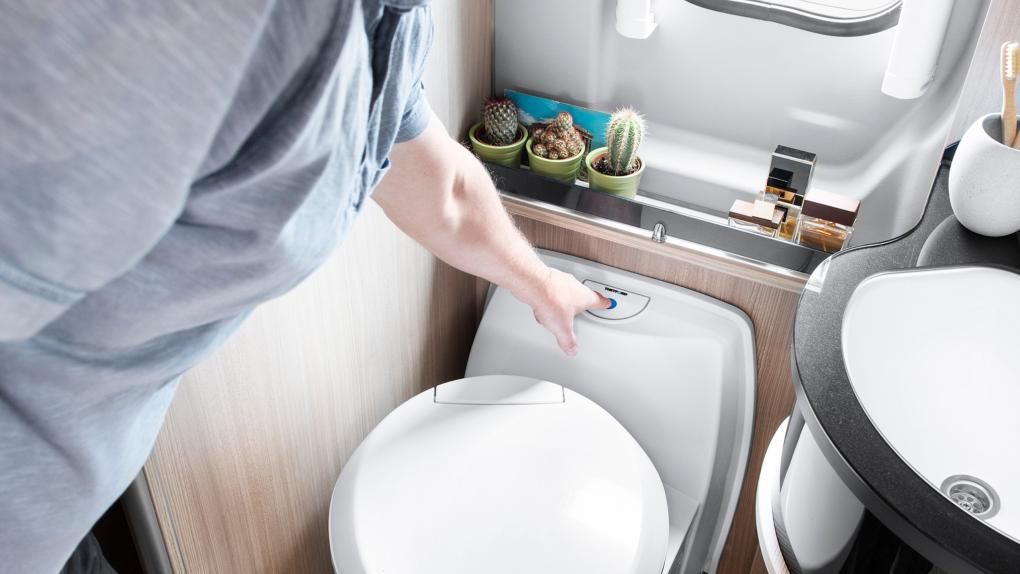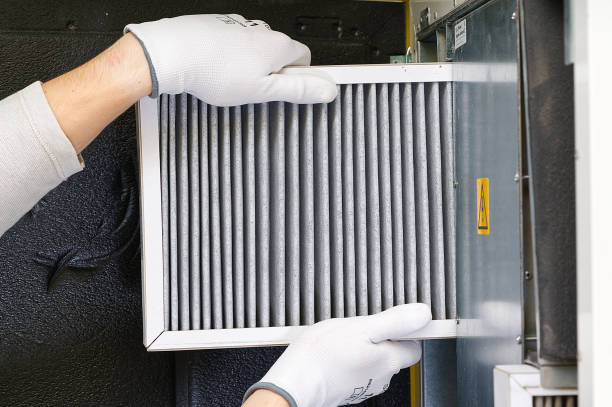Experiencing unpleasant odors in your RV can quickly turn your relaxing journey into a stressful situation. Understanding how RV toilets work and proper maintenance routines will prevent common issues and ensure comfort throughout your travels.
Understanding RV Toilet Basics
Most RV toilets utilize a simple gravity-based flushing system, comparable in concept to traditional residential toilets, though with some critical differences:
- Gravity Flush: RV toilets typically use a foot pedal or hand lever to manage flushing and water flow. Pressing slightly adds water, while a complete press opens a valve that lets waste drop into the holding tank below.
- Water Usage: Unlike household toilets, RV toilets use minimal water, primarily to aid solid waste breakdown rather than maintain a water barrier against odors. The primary odor barrier in an RV toilet is a tight-sealing valve.
Proper Usage of Your RV Toilet
Correctly using your RV toilet is crucial to prevent blockages and odors:
- Add Sufficient Water: When disposing of solid waste, first fill the bowl about one-third to halfway with water. This ensures more thorough flushing, reducing the risk of clogs.
- Effective Flush Technique: Press the flush mechanism fully and quickly to completely open the valve, allowing efficient waste disposal into the tank.
- Use RV-Specific Chemicals: Use quality RV tank chemicals designed to accelerate waste breakdown and control odors.
Maintaining Toilet Seals
RV toilets use durable foam-rubber flange seals instead of traditional wax seals. Regular maintenance includes:
- Inspection: Routinely check for leaks around the base of your toilet.
- Cleaning and Debris Removal: A common issue is debris preventing a proper seal. Gently clean around the valve edge with a flat screwdriver or a soft RV-specific toilet brush.
- Seal Replacement: Replace seals whenever you remove the toilet for repairs or upgrades to avoid potential leaks.
Cleaning Your RV Toilet
RV toilets require specialized cleaners that won’t damage their sensitive plastic and rubber components:
- Avoid Harsh Chemicals: Do not use standard household toilet cleaners or abrasive brushes, as these can degrade the toilet’s seals and valves.
- Recommended Products: Opt for gentle RV-specific toilet cleaners and soft brushes to maintain cleanliness without harming components.
Handling Common RV Toilet Problems
- Leakages and Sticky Valves: Leaks or sticky valves often stem from debris, worn seals, or dried-out rubber components. Regular lubrication with RV-safe silicone-based products like Dow Corning 111 is effective.
- Winterizing: Improper winterizing can cause significant damage. Always winterize with RV antifreeze to protect valves, seals, and plumbing connections.
Macerator Toilet Maintenance
High-end RVs may feature macerator toilets, requiring more thorough maintenance due to their additional mechanical parts:
- Specialized Care: Regularly flush-clean macerators with specific macerator-friendly cleaning solutions.
- Avoid Blockages: Use only RV/marine-approved, rapid-dissolving toilet paper. Never flush standard paper or hygiene products, which can damage macerator pumps.
- Winterizing Macerators: Carefully run RV antifreeze through the entire system to ensure pumps and valves are protected.
Selecting Appropriate Toilet Paper
Always use RV-specific toilet paper designed to dissolve rapidly, preventing clogs and ensuring smooth operation, especially with sensitive macerator pumps.
By following these simple guidelines, you can maintain a functional and odor-free RV toilet, making your road trips comfortable and enjoyable.



